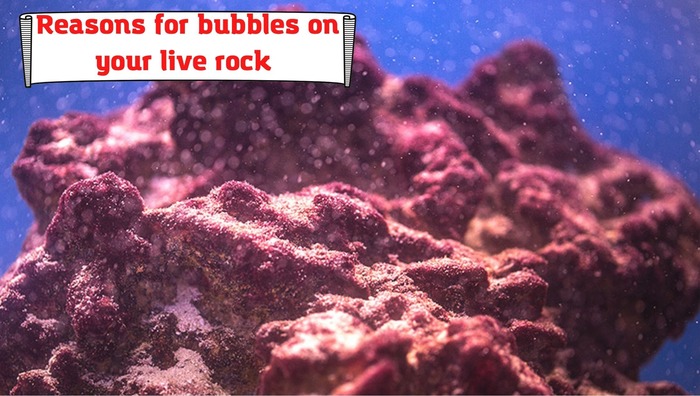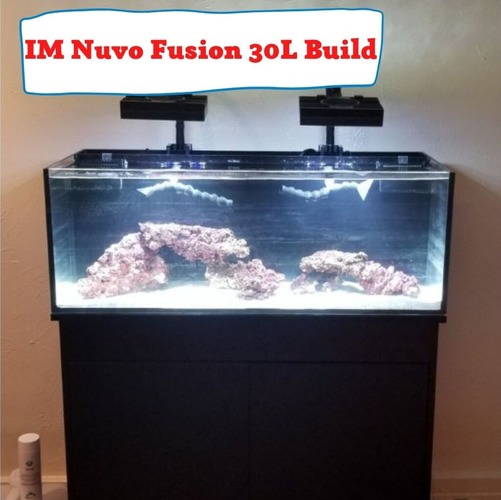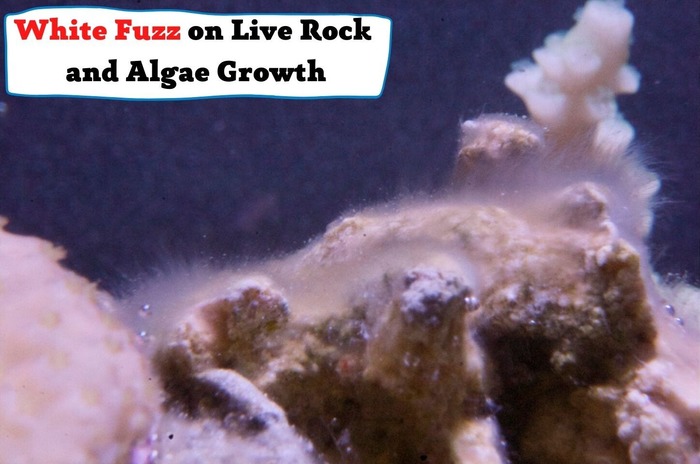
Being new to the aquarium and marine pets is definitely fun; there is much learning about the marine life involved. However, it also makes you panic about minor things, and you want to be sure that every step you are taking is for the good of all the creatures you have included in your tank.
Within this context, one of the problems you could face with live rocks is the presence of bubbles all over the surface. For some people, the bubbles are tiny, and you need extra effort to see them in your tank, while for the others, they are big enough that you could be really worried about the health of your tank and the atmosphere for the fish.
What are Live Rock bubbles, why do they occur, and how can you treat your aquarium to return it to its original form? We aim to cover all this in this article with the following specific topics:
- Origin of the bubbles
- Reasons of occurrence
- Treatment of bubbles on live rocks
What are the bubbles?
There is no single reason for the occurrence of these bubbles on the live rock. The size of the bubbles, the recent changes in your tank, and the pets in your aquarium are a few aspects that can determine the exact nature and the origin of these bubbles.
We’ll share the different forms and reasons for the bubble occurrence on live rock, along with the possible treatments for clarity purposes.
How to find what is wrong with your tank?
We’ll share a few reasons for the bubbles on live rock in the next section, but how can you figure out what the issue is? Apart from the bubbles in the system, you should look for the other signs too. Sometimes, the associated signs provide a better view of the problem. So, be vigilant about the recent changes you have observed in your tank.
Reasons for bubbles on your live rock and possible solutions

Below are the significant factors that can contribute to the occurrence of bubbles on your live rock. Analyze your aquarium and find which of these apply to you.
Cyanobacteria
Your tank might have cyanobacteria, causing the bubbles on the live rock. Usually, you can find it in the low flow area of your tank. So, if this is where you see the bubbles, it is because of this blue-green algae. The bubbles show the silicate release in the form of bubbles.
The reason for the occurrence, in this case, is the problem in the water quality. The higher the nitrates and phosphates concentration in your tank, the more likely you will see cyanobacteria in your aquarium.
So, the simple solution is the large and rapid water changes that will adjust the nutrient level. Besides, scrubbing off the algae if required would also help if it has already drenched your tank. One of the other things you can do is dim the light to limit algae production. This solution is only possible to implement if you have no corals in your tank because if you do, you’ll have to adjust your lighting according to the need of your coral.
But while doing all of it, please be considerate about the fish in your tank too. Adjust the water changing routine and the temperatures in a way that will not affect your fish and corals living in the tank.
Bubble algae
One of the other possible reasons for the occurrence of bubbles in your closed ecosystem is the Bubble Algae. It is a special algae form, usually shiny with a green pearl-like shape. As the name says, this form of algae is known for its air bubble-creating demeanor.
How can you identify it? It usually occurs in the initial stages of reef development, so if you are just preparing your tank for the new life to settle in, this algae might have taken hold of your tank.
However, it is not the only case. If the water quality of your tank is not up to the mark, then the occurrence of this algae is common too. The piled-up waste and food ensure enough ingredients for this algae type to strive. So, you’ll start observing it with the bubbling activity in the tank.
Getting rid of this algae is a bit difficult, and the aquarium owners usually consider it too bad for the ecological system of your aquarium. One of the measures you should take in this situation is reducing the number of nutrients in your tank. It will lessen the algae’s food availability, and you can expect it to reduce. This can work as an immediate or short-term solution. Still, for the long-term solution, you’ll have to introduce the other forms of algae into the system, so the competition between the two forms of algae for food and nutrients could limit the growth of the bubble algae.
One of the other long-term solutions for this algae is using Turkey Baster during the water-changing cycles. You can even blow off the crud. However, it is not advisable to leave it in the water for long and remove it with water changes.
Creation of gasses
A regular aquarium will have a bit of algae in it. The real concern is the quantity in which it is present in your tank. So, in a few cases, you might see the bubbles in your aquarium because of the gasses created by the algae. These gasses can be nitrogen, carbon dioxide, and oxygen and are a normal part of the aquatic cycle.
These gasses get out of the aquarium harmlessly in most cases. So, it must not be something to worry about. But to remain on the safe side, it is advisable to check the water nutrients and the presence of algae in the tank as a visible component. Besides, another thing to check and adjust is the water flow. You’ll see the gaseous bubbles when the water flow is too low for the tank or not correctly utilized.
Summing up
Bubbles on the live rock are not always a problem. The water flow adjustment is enough to reduce or eliminate the bubbling in most cases. But that does not mean you can leave it as such. It is essential to find the reason for the bubbles and take remedial steps accordingly. Uncontrolled bubbling can indicate a bigger problem, too, so don’t let it go unattended, or you’ll have to invest more of your time and resources in it.
- Pleco Not Eating. Main Reasons Your Pleco Is Starving - February 21, 2022
- Foxface Fish Sting: Any Danger? And What To Do To Relieve Pain? - February 20, 2022
- White Stuff Coming Out Of Snail – Dangerous? Should You Worry About It? - February 19, 2022




